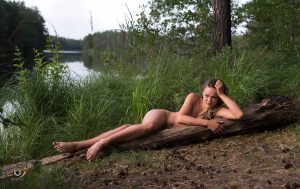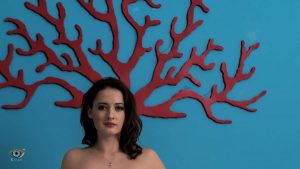“Why are 85% of your photos black and white?” a good friend of mine recently asked. “I’m sorry it’s not 100%, but some photos I just feel works better with color” I replied, but judging from the emoji’s I received that wasn’t really the answer he expected.
Black and white portraits I find have the potential to convey more emotions and timelessness than color portraits. As my photography taste and skills have evolved over the last few years I’ve gone from at more or less random impulse to try a monochrome edit on a photo to do it by default.
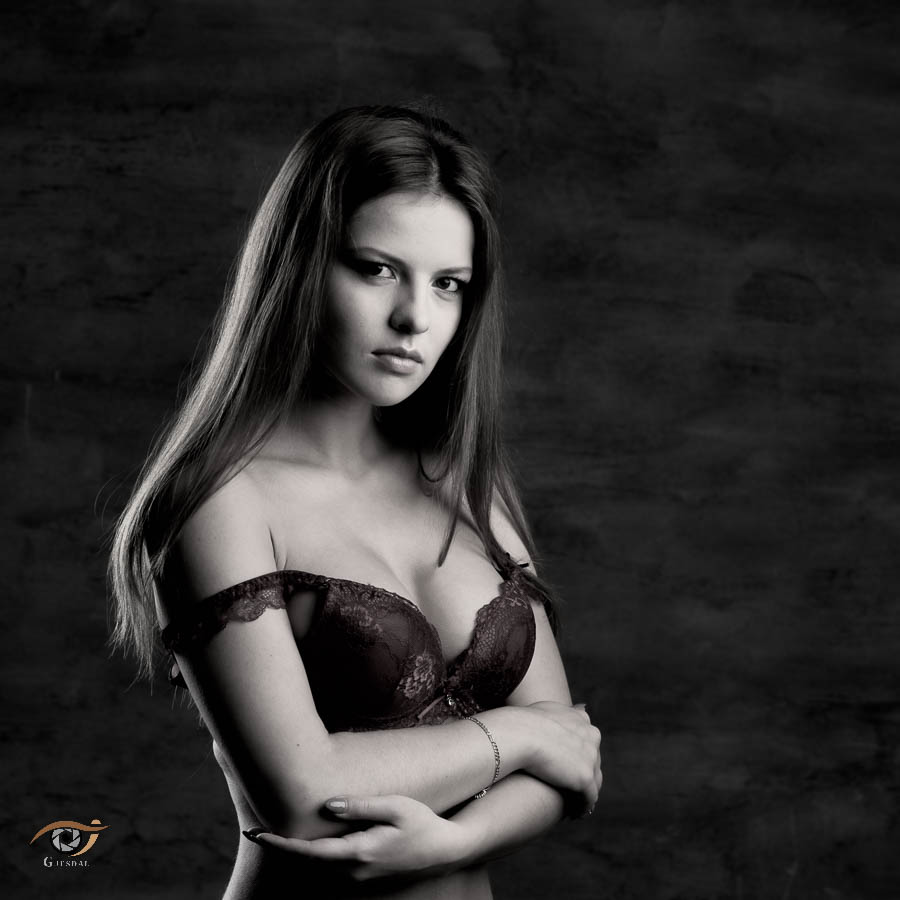
What type of photography suits black and white?
Not only can black and white be a good choice in my view in most situations and subjects; landscape, architecture, animals, editorial, etc.
It can also often help when lighting conditions are difficult, in low light
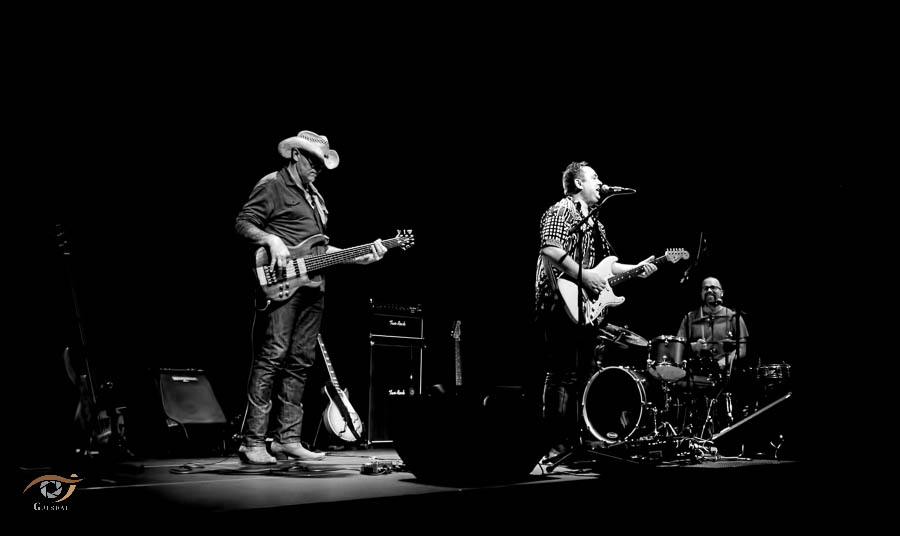
Band: Joe Rusi Trio
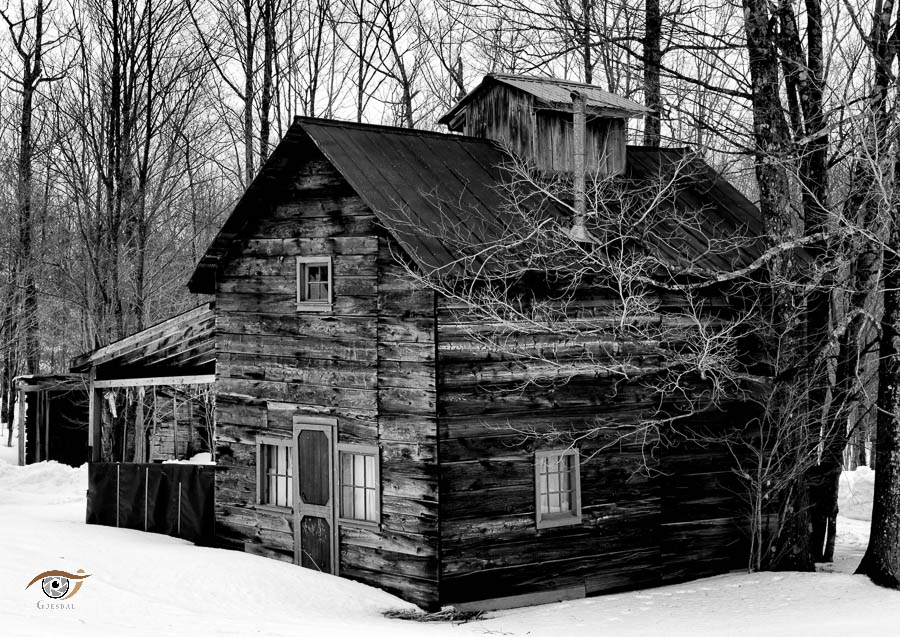
Upstate New York
Is black and white always the answer?
When the color plays a large part or is the most important aspect in what I want to photograph I go color. Most times these days it is very obvious what works and what doesn’t. Other times both works equally well.
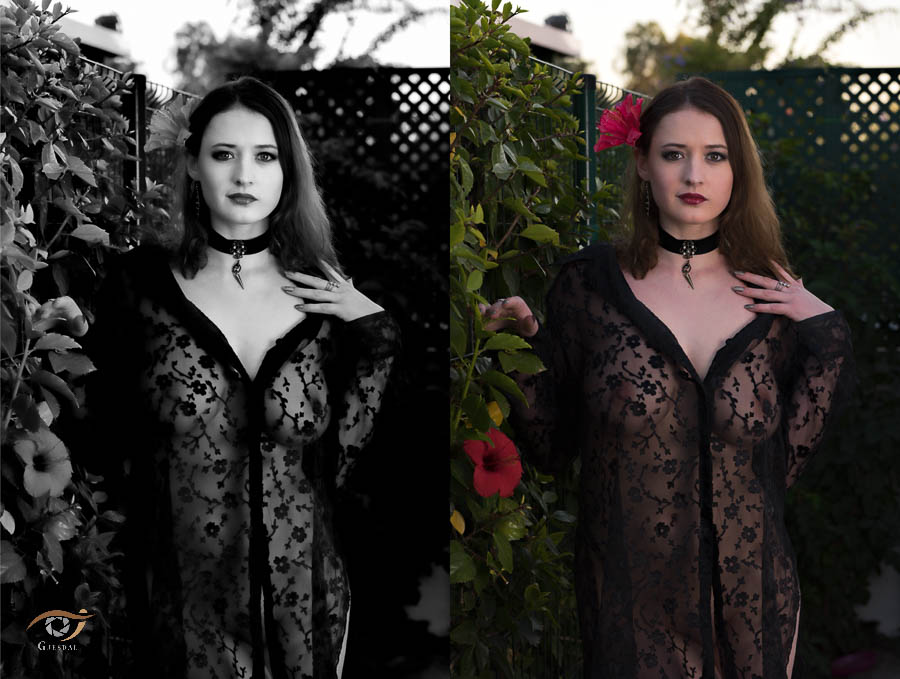
From my book “Sinba – Adventures of Sinba: Gran Canaria”
Model: Sinba
Is black and white always black and white?
I must admit I know very few photographers by name that I don’t actually don’t know personally. Quite a few I recognize by name when I see it, but but on top of my head… probably not. Ask me about movies instead and I might start rambling…
Ansel Adams is one of the few I am familiar with and will eagerly talk about. He is probably best known for his legendary landscape photos, but for me, it’s his zone system that has probably mattered the most to me. I feel his system is something everyone should be familiar with. It will not only help when
In photography, I feel that I’m very laid back and non-judgemental, but when it comes to black and white photography I feel a photo need to have if not the full specter from pure black to pure white then at least not just 3 shades of grey, at least try 50 shades 🙂
I prefer black and white photos that have a strong contrast. Photos that have a bit more
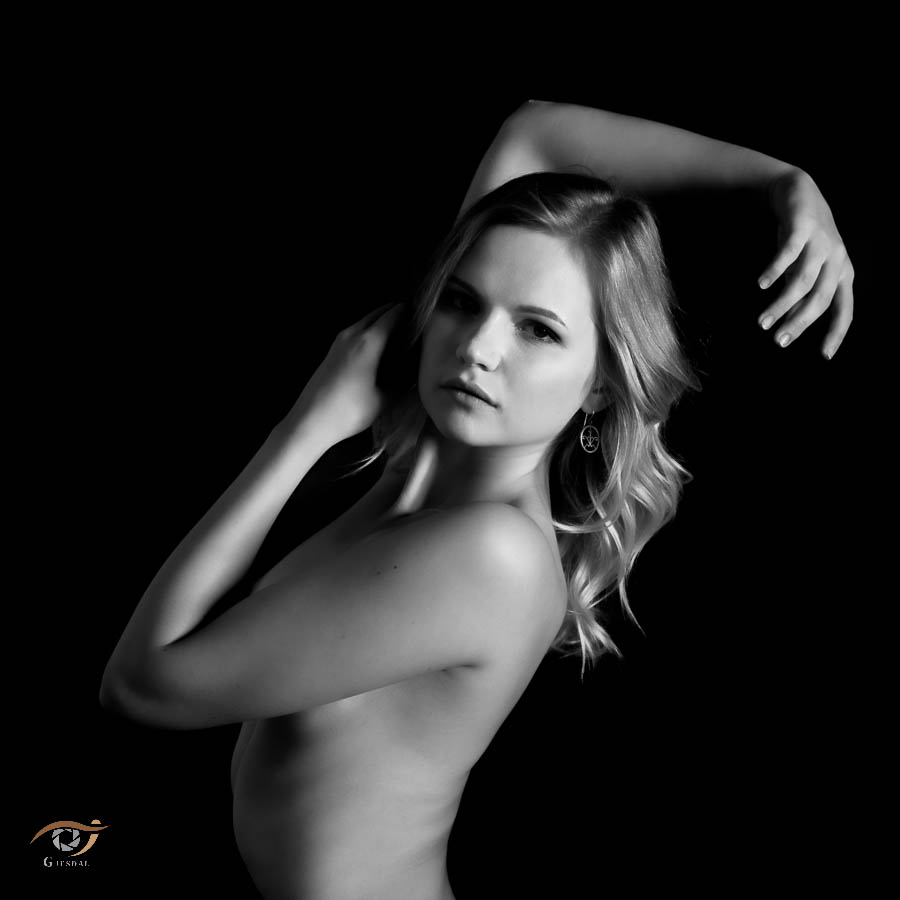
Breaking this and other photography rules with intent is of course not an issue.
A grey,
A high key image might break this, or have only a very little of the dark zones covered and a low key the other way around.
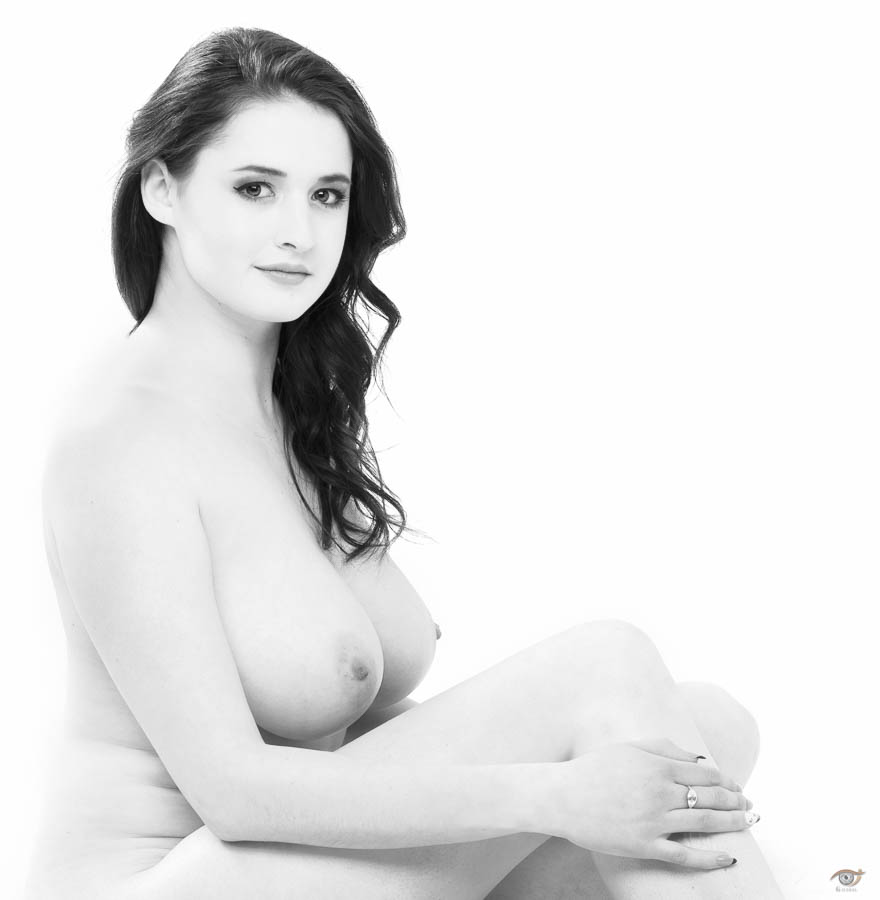
This subject is vast. I have just barely scratched some of my own thoughts and views on black and white photography. What are yours?
